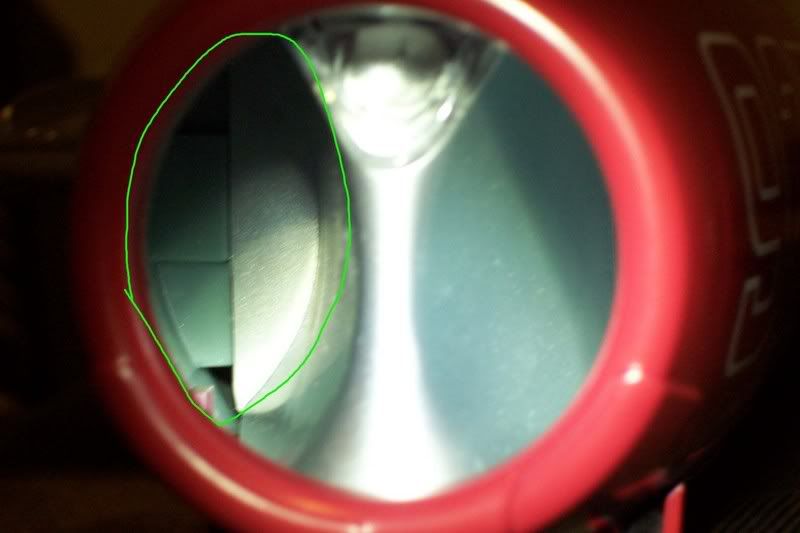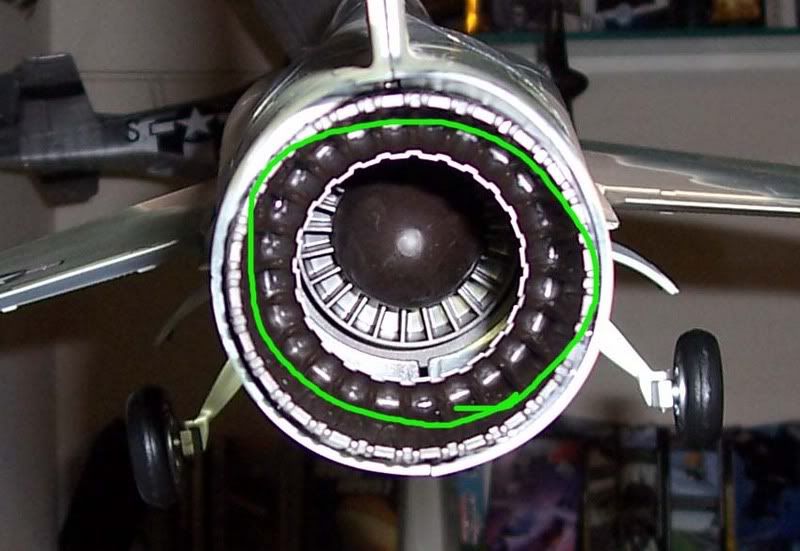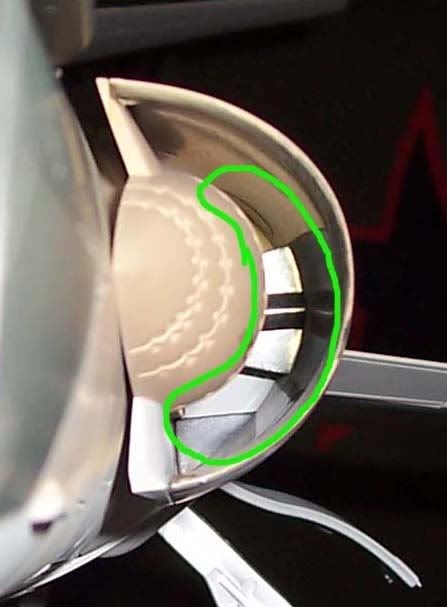Page 1 of 1
JET aircraft INTAKE detail (POLL)
Posted: Tue Sep 12, 2006 5:13 pm
by GAU-8
its a small issue, but it might be worth looking into. maybe some of the guys associated with mfg 1/18 scale will get some info on how we feel about thier products.
the INTAKE end of JET aircraft is non existant, in the 1/18 toys. granted you might not see it unless looking for it. i looked for them on the 104, and its not there. Ditto for the MIG. currently if looking into the intakes its just see assembly parts. while the exhaust side is present with fanblades and such, having greater detail overall. i look for them, thats part of the detail for me. others might not care, especially if it affects price. UNLESS it affects the model in its entirety (like the A-10,-missing blades on the 2 intakes in the engines will cause a quite a stir i'm quite sure.)
Posted: Tue Sep 12, 2006 7:26 pm
by DocTodd
It would make a big difference on the Harrier also.
Todd
Posted: Wed Sep 13, 2006 9:28 am
by grunt1
Could you post an example of what a detailed vs non-detailed intake look like?
Posted: Wed Sep 13, 2006 7:19 pm
by KAMIKAZE
As DocTodd mentioned, Some planes do need turbine detail. A-10 anyone?
Mark
Posted: Wed Sep 13, 2006 11:41 pm
by GAU-8
ok heres what im talking about. its a could be a MINOR detail to some, where as others find it a BIGGER issue. hence the poll.
im not saying the sky is falling, understand. but merely finding out this detail (that is on all jets)..if WE feel it should be kept. or tossed in the MFG process....a tiny detail, that does have impact on the market to some point. it is a viewable area, that you dont have to take any peices off to see.
first the bis MIG exhaust section, then the intake section
here the AFT end of the turbine is clearly visible. not huge detail, but its there

no turbine detail. just " assemblly parts that arent hidden" ( i will also add that the mouth of the mig is CONSIDERABLY larger..than the exhaust, and much more viewable.

the 104 starfighter, exhaust section...notice the detailed aft section of the engine.....pretty good.

104 starfighter intake section. again. no detail, no turbine.. but visible assembled parts....yes its harder to see, but its still visible..

Posted: Fri Sep 22, 2006 8:09 am
by KAGNEW
BBI F-18 needs fixed at both ends

Posted: Fri Sep 22, 2006 10:43 am
by grunt1
Yes, I agree. I hadn't looked at any of mine to understand your question originally but the pictures pretty much tell the tale. Seems like a insert(s) of some kind could dress that up quite nicely.
Thanks for posting the pictures and explaination!

Posted: Fri Sep 22, 2006 4:26 pm
by VMF115
KAGNEW wrote:BBI F-18 needs fixed at both ends

Here’s how I fell about it, if the turbines and exhaust are visible on the real aircraft then it should be visible on the scale model.
As for the BBI f-18 it should have a complete retool.

Posted: Sat Sep 23, 2006 12:29 am
by GAU-8
im really surprised this hasnt taken off better. maybe im just kidding myself

if mike, tko or jason stopped by and said "hey ! I AM watching this! and taking notes.." if the impact would be different.

shameless bump to top of forum

Posted: Sat Sep 23, 2006 12:54 am
by VMF115
GAU-8 wrote:
104 starfighter intake section. again. no detail, no turbine.. but visible assembled parts....yes its harder to see, but its still visible..

The F-104’s intake should move to compress the air.
Each J79 featured a hydraulically actuated inlet spike that extended or retracted to match airflow velocity, keeping the conical shock wave outside the engine inlet during supersonic flight. Internally, the engine had variable position stator vanes in the first six stages of the compressor, which adjusted in pitch automatically as a function of engine speed and compressor inlet temperature, to minimize the possibility of compressor stall. An adjustable exhaust nozzle incorporated slatted vanes that opened and closed, depending on throttle, to give the most efficient thrust and specific fuel consumption.
http://www.globalsecurity.org/military/ ... ms/j79.htm



